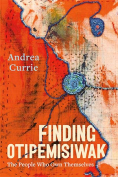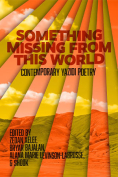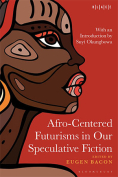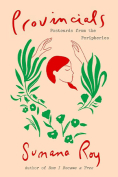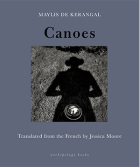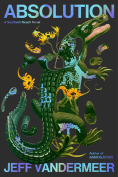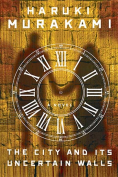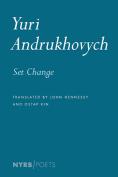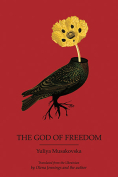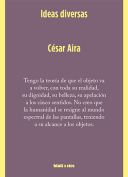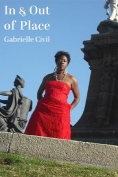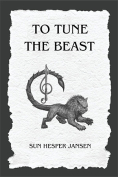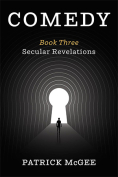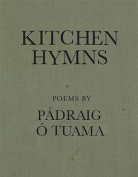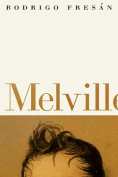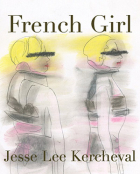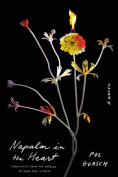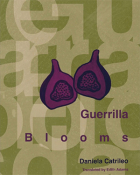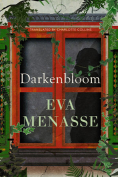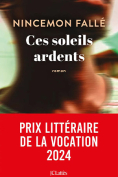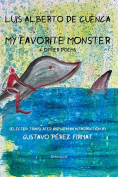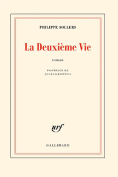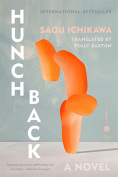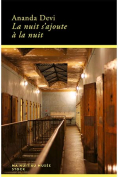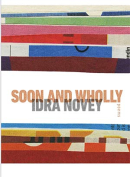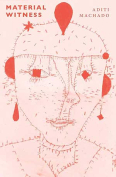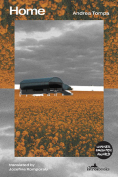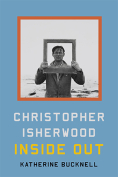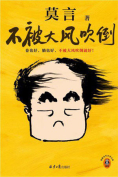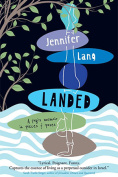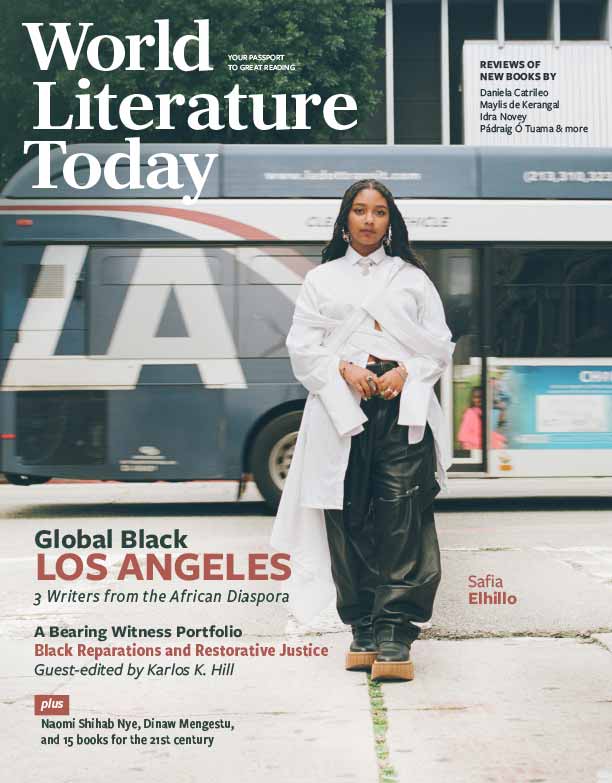La Deuxième Vie by Philippe Sollers
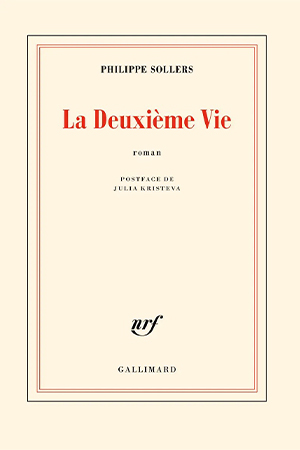
Paris. Éditions Gallimard. 2024. 73 pages.
Within the scene of French letters, Philippe Sollers is an heir to Maurice Blanchot: the standout literary voice in constant communication with philosophy, in particular through his long-standing friendship with Jacques Derrida, but also as editor of such journals as Tel Quel and L’Infini that channeled the French collaboration between thinking and writing in the second half of the twentieth century. La Deuxième Vie is his last book.
La Deuxième Vie is a very brief statement of a life of the writer: not their first life, lived in a linear direction—which in Sollers’s case spans between 1936 and 2023—but their second life: the lasting moment during which the pen graces the white sheet. Sollers conjures his second life during the long hours of nightly insomnia but always in an oblique way: it is the second life and the Catholic Church, or the second life and Sade, or the second life and French identity. So, for the most part, this moment can only be referred to, although there is one declaration that is particularly unambiguous: “La première vie est contradictoire, la deuxième nucléaire, à cause de l’atomisation du temps. La première vie est Romanesque, elle a des milliers de choses à raconter. La Deuxième Vie se tait, elle a appris que la pensée est un acte” (There is a prosaic first life, wherein certain—thousands, in fact—events occur, and then there is a second life, which appears to be about the potentiality of the subject: it is a contemplation on the figure that lives a first life altogether). For Sollers, the appropriate metaphor for the immediacy of this living is the development of cinema in the past century—with the aura of the film still—and yet this is matched, today, by the immediacy of our digital lives.
There is a sort of genre for this kind of book, another example of which is L’innominabile attuale, by Roberto Calasso (2017; Eng. The Unnamable Present, 2019): the elderly writer speaking to an age that is beginning, on behalf of an age that is passing away. Writing, then, meets its primary ambition: to assert something that defies language, something absolute. With Calasso, his collage-technique worked admirably, taking journal entries that reflect or deflect something of the coming era. Sollers’s approach, here, is to present tilted historical lines that cut back into the past century and somehow re-project his eighty years to the present day. The work is concluded with an afterword by the philosopher and psychoanalyst Julia Kristeva, who married the author in 1967. She presents the main motifs of Sollers’s writing through a series of citations, making his progression toward La Deuxième Vie evident.
Arthur Willemse
Universities of Maastricht and Hasselt
